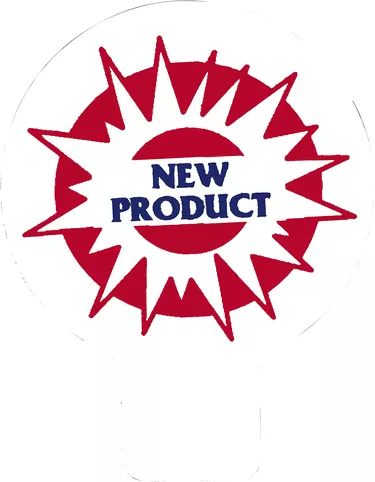
New products are exciting for your small business. You and your staff have worked hard to bring this item to market. Now it is time to tell the world, or at least your local community, about your new offering. One way to get information out in a persuasive manner is to write a sales letter introducing your product.
Format
Video of the Day
Your company address will be included if you are using company letterhead. If not, you will need to place it at the top of your letter either on the left or right side. Skip one line and put the date of your correspondence on the left side. Under the date, you will type the recipient's address. Skip two lines and begin your salutation with "Dear Mr. or Ms.", "Hello" or "Greetings." Double space and then begin the body of your letter. Following the body, again skip two lines and write a closing such as "Thank you" followed by another two blank lines under which will be your name and position in the company.
Video of the Day
Product Description
Gather together all the important information regarding your product that you might include in your sales letter. This includes its material composition, purpose and functioning. You will also want to describe its appearance, durability, portability and accessories (if any). Other information to include will be the anticipated date of release, product's target audience, pricing and availability. Stress what features will most attract buyers.
Tone and Style
The tone in your letter should be formal and serious. Most of the time product letters go out to an educated audience who will appreciate a clear and direct approach. Do not use contractions or causal speech, including slang, but also avoid using highly technical language or industry jargon. Separate your main ideas into paragraphs for easy reading. Keep your letter to a page or a page and a half so your reader does not get bogged down in verbiage.
Edit and Proofread
The readers of your letter deserve clean copy. Take time to carefully edit and proofread your work. Take out unnecessary words and edit for clarity. Proof the entire letter to catch grammatical and spelling errors. Ask a friend or colleague to take a look at the letter before sending it out. A fresh eye is often helpful in assessing your work and catching mistakes you do not find yourself.